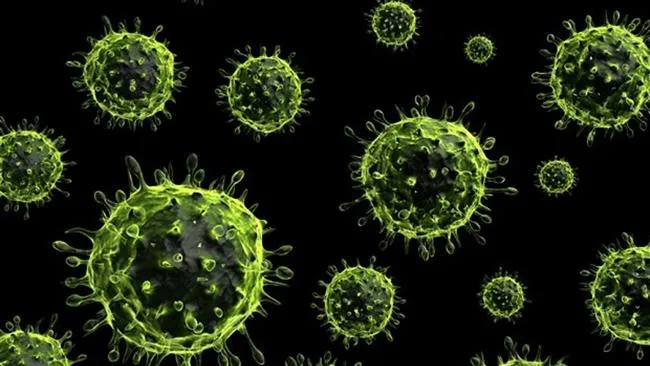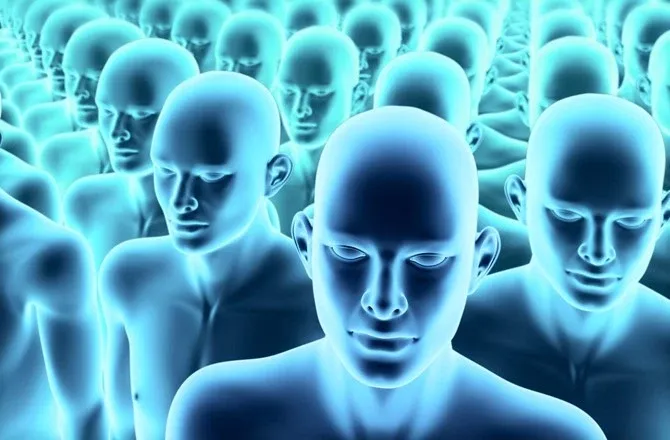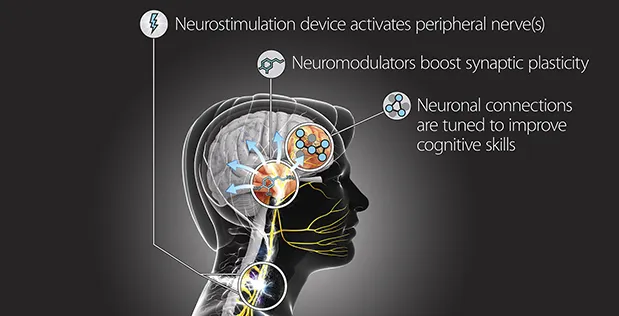DARPA Funded Machine Can Print Synthetic Life
Biologist Craig Venter, who is well known for his work on the Human Genome Project, which, as the name suggests, was the first to sequence an entire human genome. He was also the first to create "synthetic life" back in 2016 by removing the genetic code within a bacteria and replacing it with a synthetic genome.
Now, with the backing of DARPA, he has unveiled a machine that can print synthetic life on demand.
Called the Digital-to-Biological Converter (DBC), this machine can receive genetic sequences via the internet and radio.

Venter et. al./Nature Biotechnology
It has the ability to print the four chemical bases of DNA: guanine, thymine, cytosine, and adenine via remote control.
"Just like a printer, it needs cassettes, but instead of colors, it's bottles of chemicals," Venter told Jordan Pearson at Motherboard.
He, along with several colleagues, recently published a paper that goes in to detail of how he has been able to produce DNA templates, RNA molecules, proteins, and viral particles without any human intervention.
The printer has been able to successfully produce influenza particles (H1N1), as well as bacteriophages that can fight infections, but this is only the beginning.

Venter has teamed up with Elon Musk in hopes of being able to conduct what they are calling 'biological teleportation.'
Basically they plan to email genomes from Earth to a printer on Mars in the hopes of being able to terraform from afar.
"Eventually, you'd need to heat Mars up if you want it to be an Earthlike planet, and I don't have a plan for that," Musk said. "There's zero chance of it being terraformed and Earthlike in my lifetime."
With printers established on Mars, Ashlee Vance, author of a new biography of Musk, notes that this would allow "... humans to create medicines, food, and helpful microbes for early settlers of the planet."
Not only could they send information to be printed, but they could receive genetic code back.
"Having alien species being beamed back here and being recreated does sound like science fiction but it is potentially real," Venter told The Guardian.
Sounds all well and good, but when the robotic division of the Department of Defense gets involved, you have to wonder why?
Well it turns out DARPA wants to streamline a genetic manufacturing process; essentially create what are known as "Living Foundries."
Factories that can mass produce anything living"... from scratch, using a suite of ingredients and processes that could apply in any situation."
If this machine can print DNA, how long until humans can be printed?

Combine this project with DARPA's transhumanism projects (the notion that man can alter the human condition fundamentally by augmenting the body with machines and other means) that began with the creation of Defense Sciences Office back in 1999, the motive becomes a bit more clear.
“Soldiers having no physical, physiological, or cognitive limitation will be key to survival and operational dominance in the future.”
Finally you have their Targeted Neuroplasticity Training program, in which they aim to hack the brain to 'upload' skills.

Credit: DARPA
Super soldiers with any skillset necessary, that can be mass produced from machines located anywhere so long as they can receive radio communication ... is now within our imminent future.
They don't even have to be human.